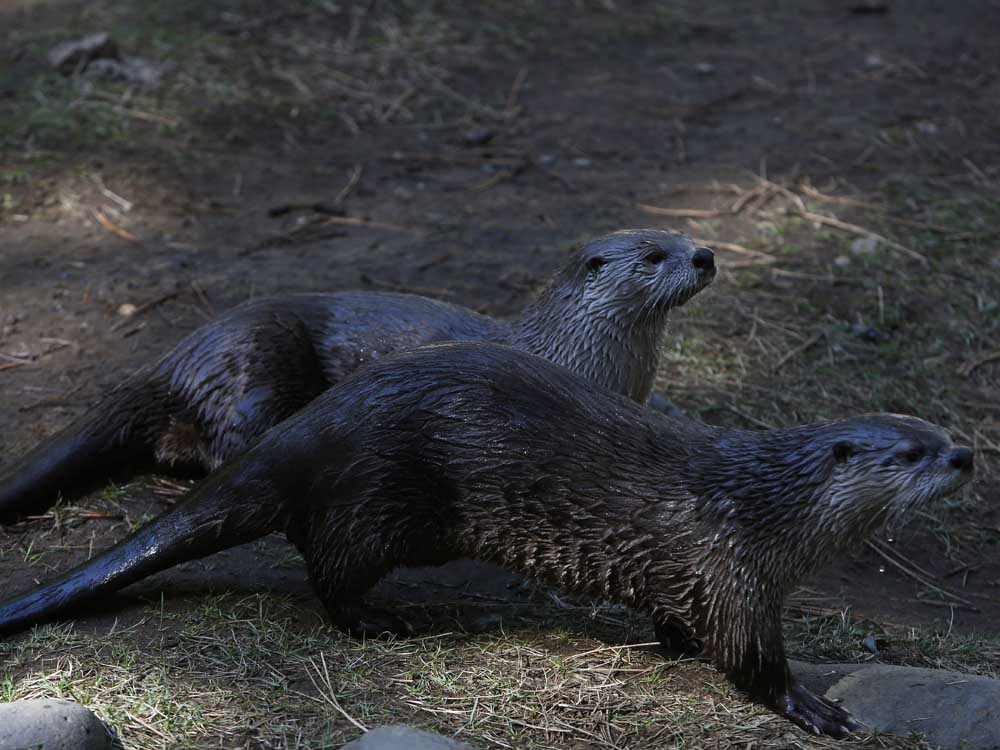High Desert Museum plans otter expansion
Published 12:00 am Wednesday, April 8, 2015

- Joe Kline / The Bulletin The High Desert Museum’s two river otters may soon get a new friend. Construction to renovate the museum’s otter exhibit, which is expected to begin after Labor Day, will create enough space to house a third otter.
The High Desert Museum is months from launching a major renovation of what’s arguably its most popular outdoor exhibit.
The museum’s two river otters — longtime resident Rogue and Brook, a younger male who arrived last summer — will be getting a new home, with construction expected to begin sometime after Labor Day, according to museum President Dana Whitelaw. Whitelaw said the museum has exceeded its $250,000 fundraising goal, necessary to win a $250,000 matching grant from the Oregon Business Development Department.
“Summer’s obviously our busiest time at the museum, so right after that, mid- to late September, we’ll break ground,” she said.
It is expected the rebuilt exhibit would be open to the public by spring 2016.
Now 32 years old, the Autzen Otter Exhibit has been largely unchanged since it was built, Whitelaw said.
The expanded exhibit will feature a larger pool with a slide for otter swimming and frolicking.
For museum visitors, concrete walls ringing the exhibit will be replaced with glass, allowing better viewing opportunities for children and visitors in wheelchairs.
Behind the scenes, filters and pumps that keep the otters’ pond clean will be upgraded, she said, as will the dens where the animals can retreat to avoid the sun or the crowds.
The expanded exhibit will be able to accommodate three otters, Whitelaw said, but the museum hasn’t set a date for adding a third animal. Because the museum only accepts animals who have been deemed unable to survive in the wild, she said there is a limited number of otters who make good candidates for inclusion in the exhibit — and, it’s not always easy to find otters who will get along with their potential roommates.
In the future, the museum hopes to construct a complementary adjoining exhibit to provide a home for beavers. The beaver exhibit would include a pond to be shared with the otters and a more natural land-to-water transition lined with riparian plants. Beavers-in-residence would have a supply of cottonwoods, willows and other trees they could use to build dams much as they would do in the wild.
“It would really be the only one of its kind that would have a working landscape for a beaver habitat,” Whitelaw said.
— Reporter: 541-383-0387, shammers@bendbulletin.com








